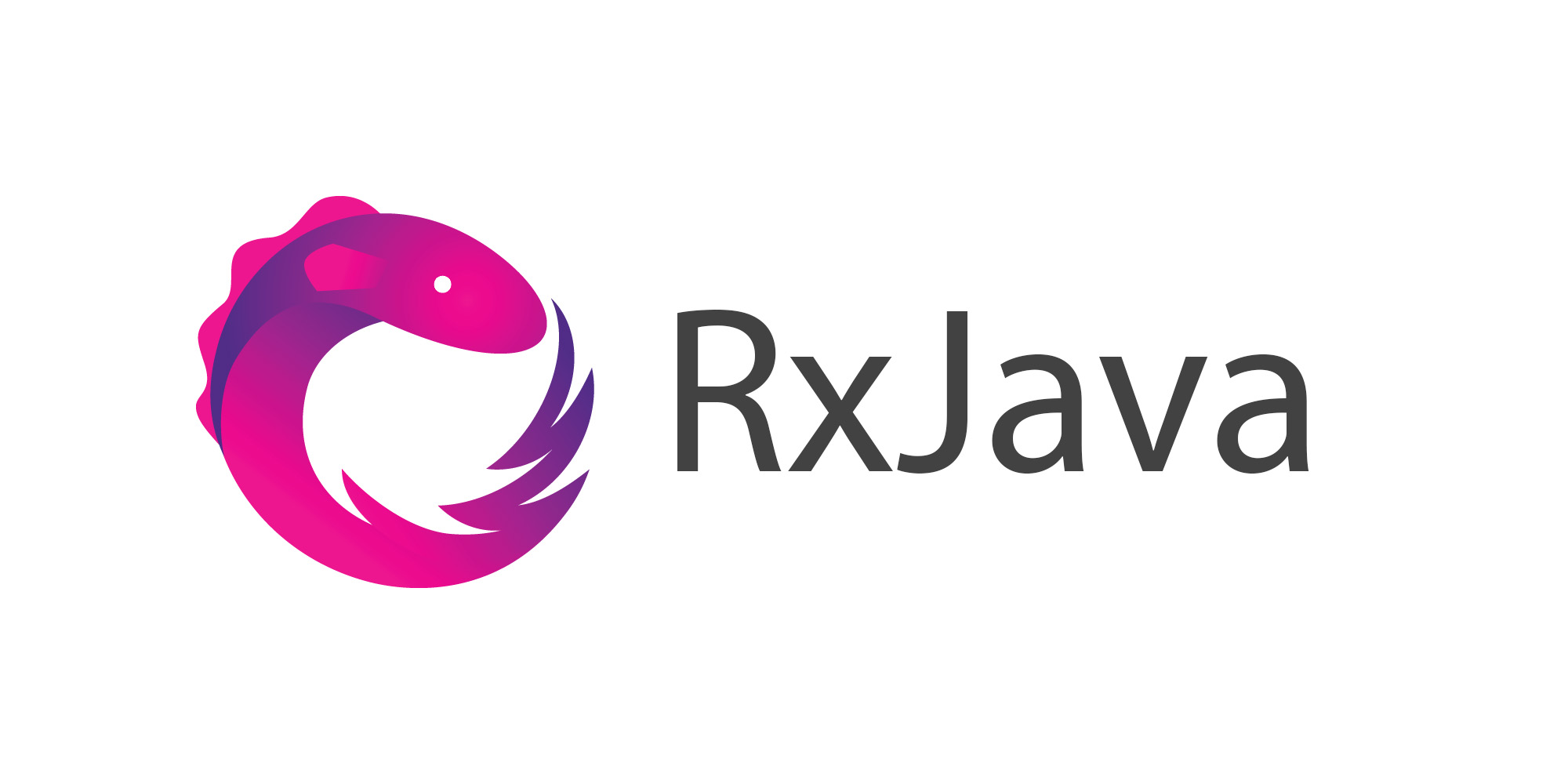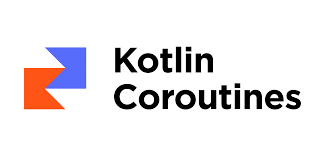🌳 ViewModel Lifecycle allows you to track and observe Jetpack's ViewModel lifecycle changes.
Also, it supports useful extensions for RxKotlin/RxJava and Coroutines.
Add the code below to your root build.gradle file (not your module build.gradle file):
allprojects {
repositories {
mavenCentral()
}
}Next, add the dependency below to your module's build.gradle file:
dependencies {
implementation "com.github.skydoves:viewmodel-lifecycle:1.1.0"
}
Snapshots of the current development version of ViewModel-Lifecycle are available, which track the latest versions.
repositories {
maven { url 'https://oss.sonatype.org/content/repositories/snapshots/' }
}ViewModel-Lifecycle allows you to observe two lifecycle changes: initialized and cleared.
ViewModelLifecycleOwner is a lifecycle owner for the Jetpack's ViewModel, which extends LifecycleOwner. It traces and provides lifecycle states for ViewModels. You can get the ViewModelLifecycleOwner from your ViewModel as the following:
class MyActivity : AppCompatActivity() {
private val viewModel by viewModels<MyViewModel>()
override fun onCreate(savedInstanceState: Bundle?) {
super.onCreate(savedInstanceState)
val viewModelLifecycleOwner = viewModel.viewModelLifecycleOwner
...Also, you can get it directly from your ViewModel as the following:
class MyViewModel : ViewModel() {
val lifecycleOwner = viewModelLifecycleOwner
}You can also use it to observe your LiveData with the ViewModelLifecycleOwner depending on ViewModel's lifecycle. If the lifecycle moves to the cleared state, the observer will automatically be removed.
class MyViewModel : ViewModel() {
private val liveData = MutableLiveData<String>()
init {
val lifecycleOwner = liveData.observe(viewModelLifecycleOwner) {
// sometihng
}
}
}Note: If you use
ViewModelLifecycleOwnerto observe your LiveData, observers will receive every event before the lifecycle moves to the cleared state. But you'll not receive further events by Activity recreations such as screen rotation. So make sure whichlifecycleOwneris the best solution.
ViewModelLifecycle is an implementation of the Lifecycle, which follows the ViewModel's lifecycle. ViewModelLifecycle handles multiple LifecycleObserver such as ViewModelLifecycleObserver to track ViewModel's lifecycle. ViewModelLifecycle belongs to ViewModelLifecycleOwner, and you can get it directly from the [ViewModelLifecycleOwner] as the following:
val viewModelLifecycle = viewModelLifecycleOwner.viewModelLifecycleYou can observe the lifecycle changes of the ViewModelLifecycle with addViewModelLifecycleObserver extension as the following:
viewModel.viewModelLifecycleOwner.addViewModelLifecycleObserver { viewModelState ->
when (viewModelState) {
ViewModelState.INITIALIZED -> // viewModel was initialized
ViewModelState.CLEARED -> // viewModel was cleraed
}
}You can also observe the lifecycle changes of the ViewModelLifecycle with addObserver as the following:
viewModelLifecycleOwner.lifecycle.addObserver(
object : DefaultViewModelLifecycleObserver {
override fun onInitialized(viewModelLifecycleOwner: ViewModelLifecycleOwner) {
// viewModel was initialized
}
override fun onCleared(viewModelLifecycleOwner: ViewModelLifecycleOwner) {
// viewModel was cleraed
}
}
)You can also implement your own custom lifecycle observer classes with DefaultViewModelLifecycleObserver and FullViewModelLifecycleObserver interfaces.
ViewModel Lifecycle provides useful extensions for RxKotlin (RxJava).
Add the dependency below to your module's build.gradle file:
dependencies {
// RxKotlin3 (RxJava3)
implementation "com.github.skydoves:viewmodel-lifecycle-rxkotlin3:$version"
// RxKotlin2 (RxJava2)
implementation "com.github.skydoves:viewmodel-lifecycle-rxkotlin2:$version"
}With autoDisposable extension, you can create a Disposable delegate property which will call the dispose() function automatically when ViewModel will be cleared as the following:
class MyViewModel : ViewModel() {
// dispose CompositeDisposable automatically when viewModel is getting cleared
val compositeDisposable by autoDisposable(CompositeDisposable())
}The autoDisposable extension creates a read-only property, which receives the Disposable interface as an inital value.
ViewModel-Lifecycle also supports Coroutines to track and observe ViewModel's lifecycle changes.
Add the dependency below to your module's build.gradle file:
dependencies {
implementation "com.github.skydoves:viewmodel-lifecycle-coroutines:$version"
implementation "org.jetbrains.kotlinx:kotlinx-coroutines-core:1.5.2"
}You can observe lifecycle changes as a Flow with viewModelLifecycleFlow extension as the following:
class MyInteractor(
private val viewModelLifecycleOwner: ViewModelLifecycleOwner
) : CoroutineScope {
override val coroutineContext: CoroutineContext = SupervisorJob() + Dispatchers.Main
init {
launch(coroutineContext) {
viewModelLifecycleOwner.viewModelLifecycleFlow().collect { viewModelState ->
when (viewModelState) {
ViewModelState.INITIALIZED -> // ViewModel was initialized.
ViewModelState.CLEARED -> {
// ViewModel was cleared.
coroutineContext.cancel() // cancel the custom scope.
}
}
}
}
}
}Make sure you cancel your custom CoroutineScope after observing the ViewModelState.CLEARED, and the viewModelLifecycleFlow extension must be launched on main thread.
Support it by joining stargazers for this repository. ⭐
And follow me for my next creations! 🤩
Copyright 2022 skydoves (Jaewoong Eum)
Licensed under the Apache License, Version 2.0 (the "License");
you may not use this file except in compliance with the License.
You may obtain a copy of the License at
http://www.apache.org/licenses/LICENSE-2.0
Unless required by applicable law or agreed to in writing, software
distributed under the License is distributed on an "AS IS" BASIS,
WITHOUT WARRANTIES OR CONDITIONS OF ANY KIND, either express or implied.
See the License for the specific language governing permissions and
limitations under the L





